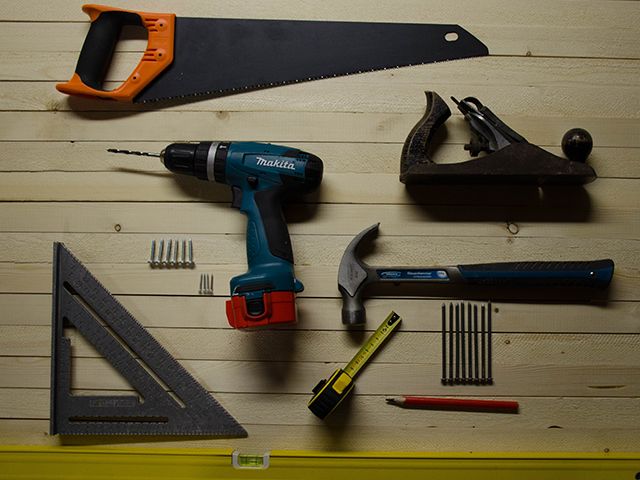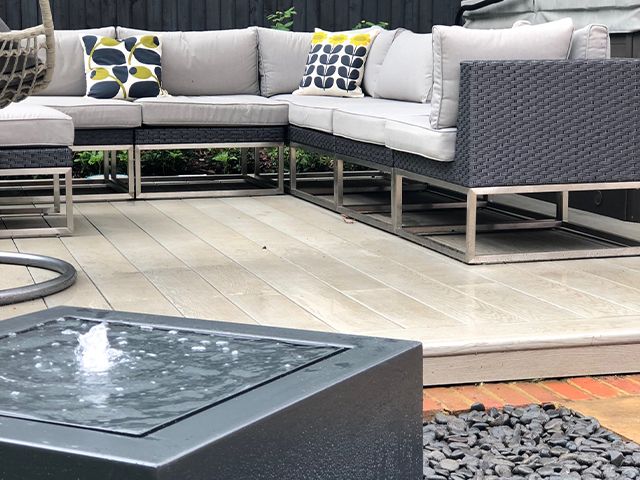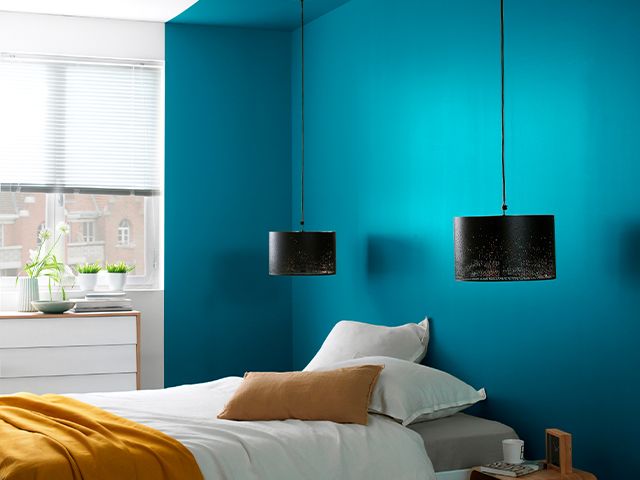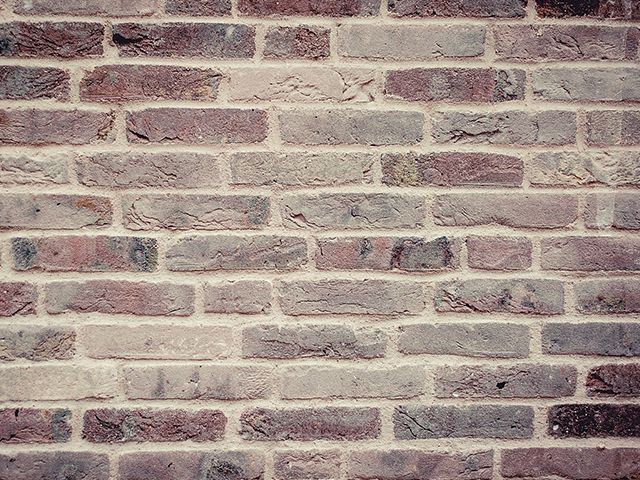
DIY SOS: Experts answer your biggest conundrums
If you’ve got a home maintenance problem that needs answering, read on – we’ve got some expert solutions to some of the most common queries.

Image: Pixabay
With many of us starting as DIY novices, we have gradually learnt more as lockdown has progressed, yet there are still aspects that we are struggling to grasp. Interested in renovation and restoration, the experts at MyJobQuote.co.uk have provided their tops tips and recommendations on how best to tackle some of the most common DIY conundrums.
Can I paint my decking with fence paint?

Image: Garden House Design
Fence paint on decking is much less durable. Many people tend to use fence paint on decking because it usually costs less than decking paint, stain and oil. The ideal recommendation is to use decking oil as it effectively penetrates the decking wood and gives it longer‐life protection from foot traffic and weathering.
Which tools are best to remove plaster?
Plaster can be very tricky to remove but with the right tools, it doesn’t have to be. The easiest method to remove old plaster from walls is using an SDS hammer drill with a flat chisel. SDS hammers are inexpensive, with a good‐quality one costing anywhere between £30 ‐ £60.
Can you paint over mould?

Image: B&Q
Don’t simply paint over mould/mildew – there is a process that needs to be undertaken beforehand. The first step is to wash the infected areas with a bleach-based cleaner to kill off any mould growth or damp spores. After letting it dry ‐ apply a primer, damp paint or anti‐mould paint as an undercoat and then paint the wall with the colour of your choice.
How do I fix bubbles/blisters on the wall?
Paint bubbles usually occur when a wall has not been adequately cleaned before painting. Not to worry, to treat the problem areas on a wall, scrape and then sand the bubbles/blisters. Once a smooth finish has been achieved, coat the walls with primer before applying a quality acrylic latex interior paint. Also, remember not to use oil‐based or alkyd paint over latex paint as this can also lead to paint bubbles and blisters.
What is the white substance on bricks and is there any way to remove it?

Image: Pixabay
The white substance is a cause of efflorescence, which is salt inside the mortar and brickwork. A quick and easy way to remove the salt deposits is by spraying distilled vinegar on affected bricks and then waiting up to 10 minutes for the efflorescence to absorb the vinegar. Once this is done, use a dry and stiff bristle brush to scrub away the salt deposits.
Do you have any DIY conundrums? Let us know by tweeting us @goodhomesmag or post a comment on our Facebook page.




